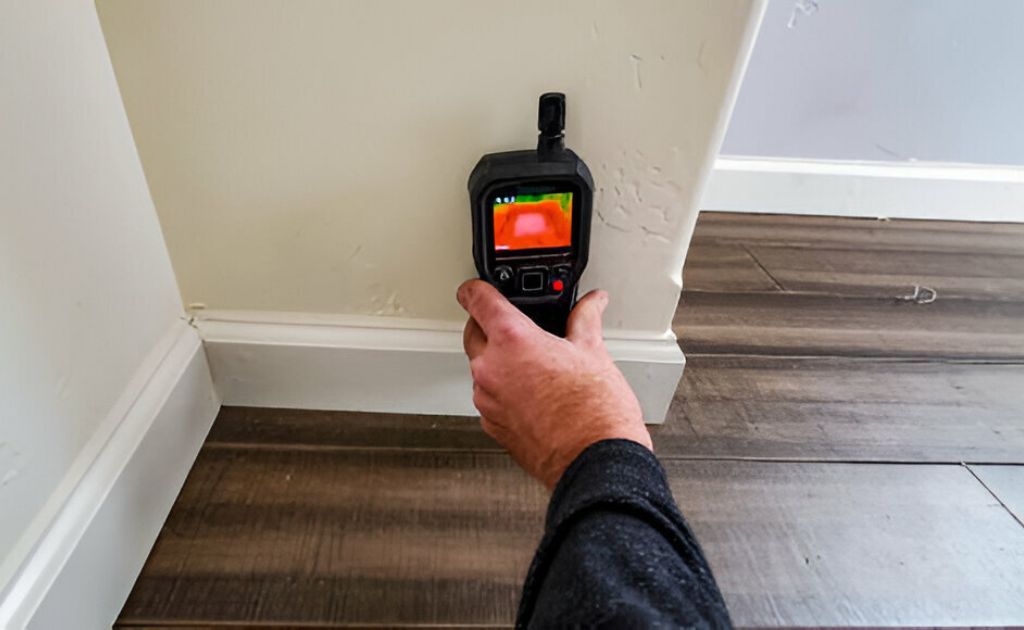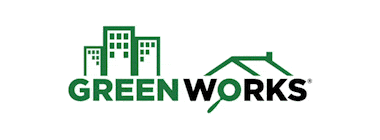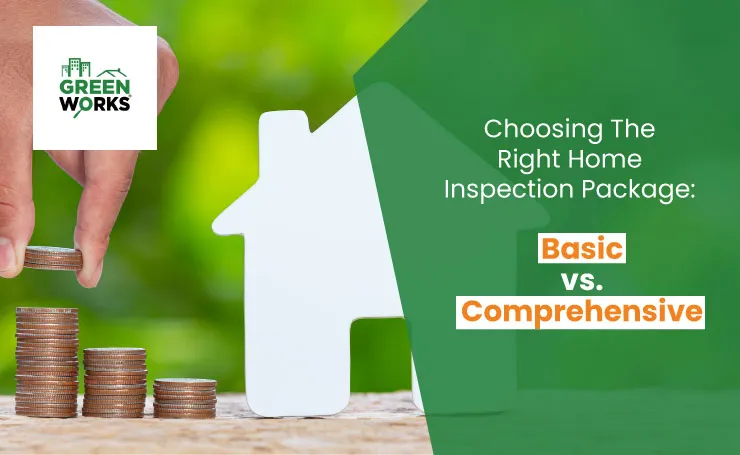Posts

Signs Your Home Requires Professional Mold Assessment
Can you smell a strange smell in your home?
Or did you notice strange discoloration on your house’s wall?
If so, then it’s time to schedule a professional mold inspection for your home.
Yes, strange odors and discoloration are two major signs of mold in your house. But the list doesn’t end here. There’s more.
Mold has a silent and invisible nature. It might be there, but you might not even be aware of its existence. But it does leave out different indications highlighting its presence.
To protect your home from mold threats, it’s important to stay alert and look for signs of mold in your house.
But what exactly are these signs? Don’t worry; we’ll discuss that in this blog post. Read on to know the signs that your home might need a mold inspection and remediation.
Water Damage
Water damage is what causes moisture in your home; moisture and mold are best buddies.
So, where there is water damage, there is moisture, and then there is mold. Start by finding the reason for water damage. If your house recently experienced flooding, you better check for mold, at least when cleaning and drying it.
If you see discoloration or water stains on your floors, ceilings, or anywhere near your plumbing pipes, it might be time to call for an expert. This will help you ensure that there is no mold growth. If there isn’t, you can take preventive measures. Or if there is, then you may look forward to how to deal with it.
Furthermore, there are other apparent signs of water damage. This includes wallpaper or paint bubbling, peeling, or cracking. But always remember, prevention is better than cure.
Water Leaks
If your house already has leaks, this is your sign to get them repaired ASAP. This is because if you choose to ignore the problem and let your faucet leak and drip, drip, drip, drip, there might be a bigger surprise coming your way.
One fact about mold growth is that it spreads and materializes quickly. From a leaking water heater, tap, toilet, or plumbing pipes, mold can make its way to your entire home. Not just this but also into your HVAC systems.
A point to remember: leaks can even exist in places where you can’t see them. For example, in the ceilings and behind the walls. This is exactly when mold becomes a “silent” intruder and starts growing without you knowing.
Humidity
High humidity is often the reason for mildew and mold growth. And so, EPA suggests that the humidity levels in your home should be below 60%. Ideally, it should be between 30% and 50%.
If your house is in an area with high humidity, like Texas, then it’s important to take different measures. For this, you can ensure regular use of dryers, humidifiers, and steam radiators. This will let you check on the indoor humidity levels in your home and take any steps that are needed. Moreover, you may also install fans in the kitchen and bathrooms to keep your windows open on dry days. Also, don’t forget to use dehumidifiers in your bathroom.
Damp Smell
If your home has mold growth, you might often hear your family complaining about a distinct, musty, moldy smell. In fact, you might experience it, too. If you do, then this is a significant sign that you have mildew or mold growing somewhere in your home. In this case, you definitely need to act fast.
Pro tip: Notice whether the smell gets stronger, especially after rain or due to changing seasons. This is a major indicator that it’s now time to schedule a mold assessment.
Previous Flooding
Of course, flooding increases the likelihood of mold growth, especially when your house has been flooded at some stage. This doesn’t mean that your entire home is susceptible to mold growth. But, yes, some specific areas will have a higher probability of experiencing mold growth.
This doesn’t mean that mold growth happens right after the flood. Instead, it can be a long-term problem. Yes, if your house experiences mold growth at any stage, there will always be a chance that it will undergo mold exposure as well. This is why regular assessments are very important. And severe water damage caused by flooding further underscores the importance of mold inspections.
Health Symptoms
Generally, if you leave your home and your allergy symptoms increase, you might be dealing with mold-related symptoms.
Following are some of the most obvious signs:
- Sneezing fits
- Throat irritation
- Cough
- Respiratory issues
- Chest tightness
- Wheezing
- Struggling to breathe
- Sore and itchy throat
- Runny nose
- Nasal and sinus congestion
- Sinus headaches
Scheduling a mold inspection is the best way to ensure the safety of your home and your family from mold. This is a perfect way to track down the problem before it escalates and becomes a major risk to your home’s structure.
Conclusion
These signs are a warning that trouble is near, and it’s better not to ignore them.
Mold can be a major health issue, so it’s better to address this issue before it costs you hundreds of dollars and the health of your loved ones.
By recognizing common indicators such as musty odors, visible mold growth, and recent water damage, you can take proactive steps to address mold issues promptly.
Professional mold assessment offers a comprehensive solution. These provide accurate identification of mold sources and tailored remediation recommendations. Don’t wait until mold problems escalate—take action to safeguard your home and your loved ones.
Hire a mold testing professional who can identify the problem’s source and also come up with different recommendations. And you can ensure this with GreenWorks Inspections.



